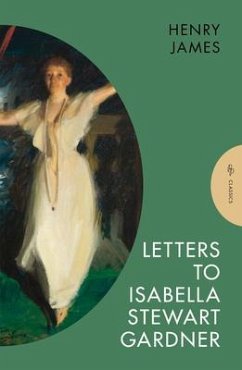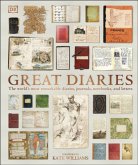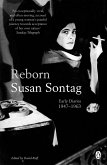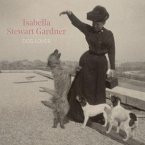"One of the most satisfying of all letter-writers." -- Spectator Henry James's beautiful letters to his friend and inspiration, the unconventional art collector Isabella Stewart Gardner Surrounded by the artists, writers and musicians who made up her court in Boston as they did in Venice, Isabella Stewart Gardner, a passionate art collector, was as revered and sought after as royalty. Henry James was inspired by the rich and powerful Gardner, as well as by the Palazzo Barbaro in Venice, when he wrote his novel The Wings of the Dove. Gardner was to recreate a larger-than-life version of Palazzo Barbaro in Boston, which is now the Isabella Stewart Gardner Museum. These dazzling letters bring to life James's passion for Venice and the Palazzo Barbaro, and serve as an introduction to the fascinating world of Isabella Stewart Gardner herself.








